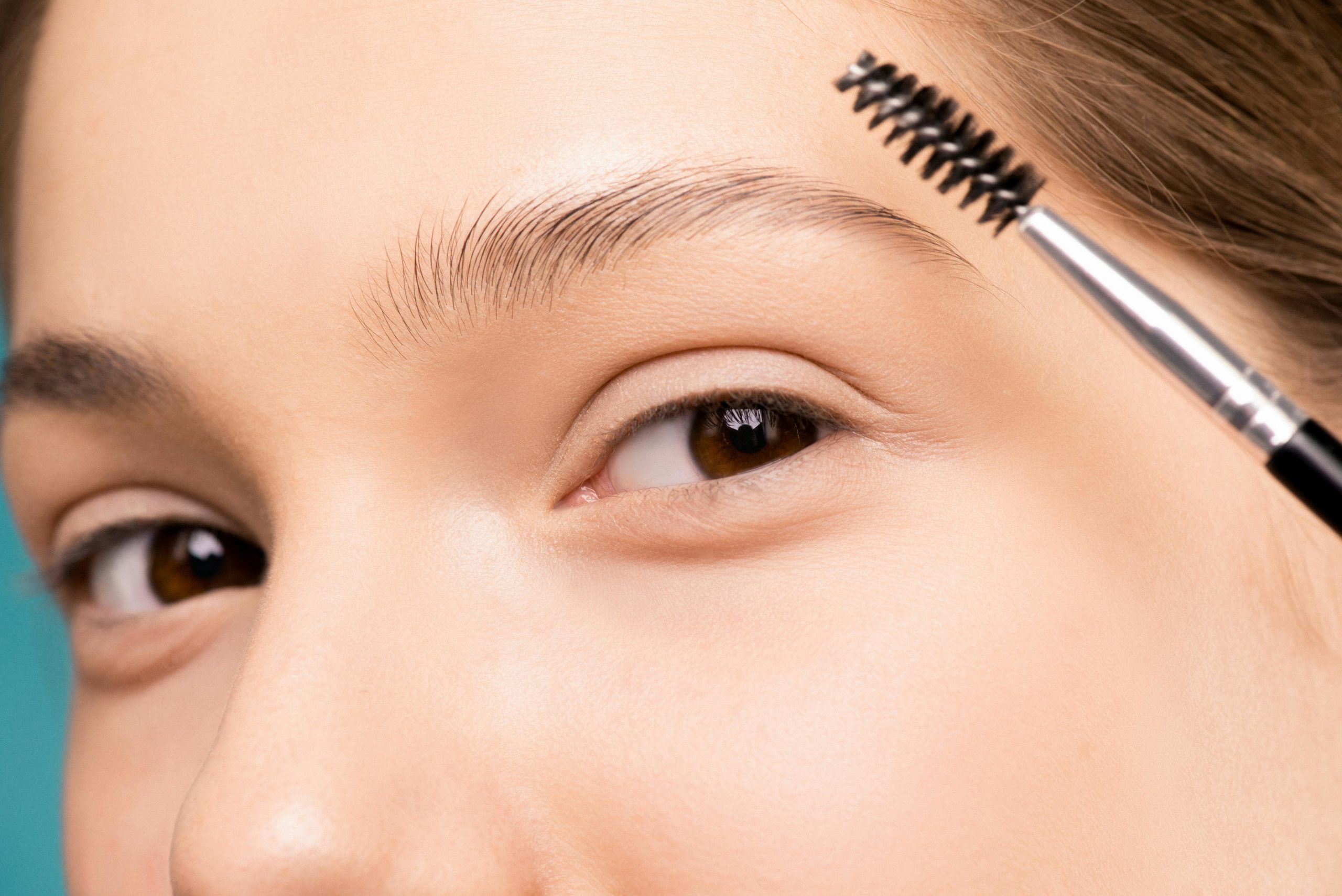In the world of beauty and aesthetics, eyebrows hold a prominent place, framing the face and accentuating its features. Whether through shaping, tweezing, waxing, or microblading, achieving the ideal brow requires a delicate balance of artistry and science. Understanding the anatomy of eyebrows, the principles of facial symmetry, and the complexities of microblading techniques are essential for creating natural-looking, harmonious brows that enhance one’s overall appearance.
In this article, we delve into the science behind eyebrow shaping and microblading, exploring the fascinating interplay of biology, geometry, and aesthetics in the pursuit of the perfect brow.
The Anatomy of Eyebrows
To understand the science of eyebrow shaping, it’s essential to first grasp the anatomy of eyebrows. Eyebrows are composed of hair follicles, sebaceous glands, and muscles, all of which contribute to their appearance and function. The shape and thickness of eyebrows are determined by factors such as genetics, age, and hormonal changes.
The main function of eyebrows is to protect the eyes from sweat, debris, and sunlight, while also aiding in facial expression and communication. The arch of the eyebrow, located above the outer edge of the eye, plays a crucial role in facial symmetry and aesthetics, with its position and curvature influencing the overall appearance of the face.
The Science of Eyebrow Shaping
Eyebrow shaping is an art form that relies on scientific principles to achieve balance, proportion, and harmony. The golden ratio, a mathematical concept that has been used in art and architecture for centuries, is often applied to eyebrow shaping to create aesthetically pleasing proportions. According to the golden ratio, the ideal eyebrow shape should follow a specific ratio of length, width, and curvature to complement the natural contours of the face.
In addition to mathematical principles, eyebrow shaping also takes into account individual facial features, bone structure, and skin tone. By carefully assessing these factors, brow artists can tailor their shaping techniques to enhance the client’s unique beauty and create a customized look that suits their facial proportions and personal style.
Microblading: The Art and Science of Semi-Permanent Brow Enhancement
Microblading has come outd as a popular technique for enhancing and reshaping eyebrows, offering a semi-permanent solution for sparse or uneven brows. Unlike traditional tattooing, which involves the use of a machine to deposit ink into the skin, microblading uses a handheld tool with ultra-fine needles to create hair-like strokes that mimic the appearance of natural brow hairs.
The science behind microblading lies in the precise application of pigment into the superficial layers of the skin, known as the epidermis. By implanting pigment into the upper layers of the skin, microblading creates crisp, defined strokes that closely resemble natural brow hairs, resulting in a more realistic and lifelike appearance.
The Importance of Proper Technique and Aftercare
While microblading offers a convenient and long-lasting solution for achieving beautifully shaped brows, it’s essential to prioritize proper technique and aftercare to ensure optimal results. A skilled and experienced microblading artist will carefully assess the client’s facial features and brow anatomy before determining the most suitable shape, color, and thickness for their brows.
During the microblading procedure, the artist will use precise measurements and techniques to create symmetrical and natural-looking brows that complement the client’s facial structure. Following the procedure, proper aftercare is crucial to promote healing and prevent infection. This includes avoiding excessive sun exposure, swimming, and strenuous exercise, as well as following the artist’s instructions for cleaning and moisturizing the treated area.
Conclusion
Eyebrows are more than just facial features; they are expressions of individuality and identity. Understanding the science behind eyebrow shaping and microblading allows us to appreciate the intricate interplay of biology, geometry, and aesthetics in the pursuit of the perfect brow. Whether through shaping techniques that emphasize facial symmetry or microblading procedures that create natural-looking hair strokes, the science of eyebrows offers endless possibilities for enhancing one’s beauty and confidence.
FAQs
Q1: How long does microblading last?
Microblading typically lasts between one to three years, depending on factors such as skin type, lifestyle, and aftercare. Touch-up sessions may be required every 12-18 months to maintain the desired shape and color.
Q2: Is microblading painful?
While some discomfort may be experienced during the microblading procedure, numbing creams are applied to minimize pain and discomfort. Most clients describe the sensation as mild to moderate and well worth the results.
Q3: Who is a suitable candidate for microblading?
Microblading is suitable for individuals with sparse, over-plucked, or uneven brows who desire a fuller, more defined look. However, certain medical conditions or skin conditions may contraindicate microblading, so it’s essential to consult with a qualified microblading artist before undergoing the procedure.
Q4: Can microblading be reversed?
While microblading is considered semi-permanent, the pigment can fade over time, and the results can be adjusted or reversed with additional treatments or touch-up sessions. However, complete removal of microbladed pigment may require laser tattoo removal procedures.
Q5: How do I choose a reputable microblading artist?
When choosing a microblading artist, it’s essential to research their credentials, training, and experience. Look for artists who have received certification from reputable training programs and have a portfolio of before-and-after photos showcasing their work. Additionally, read client reviews and testimonials to ensure a positive and satisfying experience.



